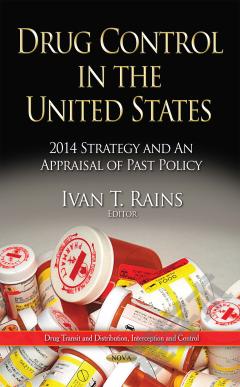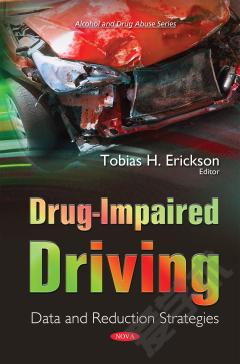Persistent Drug Shortages in the United States: Analyses and Strategies
From prolonged duration of a disease, to permanent injury, to death, drug shortages have led to harmful outcomes for patients of all ages. Over the last decade, an increasing number of prescription drugs—including life-saving and life-sustaining drugs—have been in short supply, preventing health care providers and patients from accessing medications that are essential for treatment. During shortages, providers—including hospitals, physicians, and pharmacists—may have to use medications that could be less effective for treating conditions or carry unwanted side-effects, if alternatives are available at all. The immediate cause of drug shortages can generally be traced to a manufacturer halting or slowing production to address quality problems, triggering a supply disruption. Other manufacturers have a limited ability to respond to supply disruptions due to constrained manufacturing capacity. This book reviews the trends in recent drug shortages and describes what is known about their effect on patients and providers; examines the causes of drug shortages; and evaluates the progress FDA has made in addressing drug shortages.
{{comment.content}}








 京公网安备 11010802027623号
京公网安备 11010802027623号